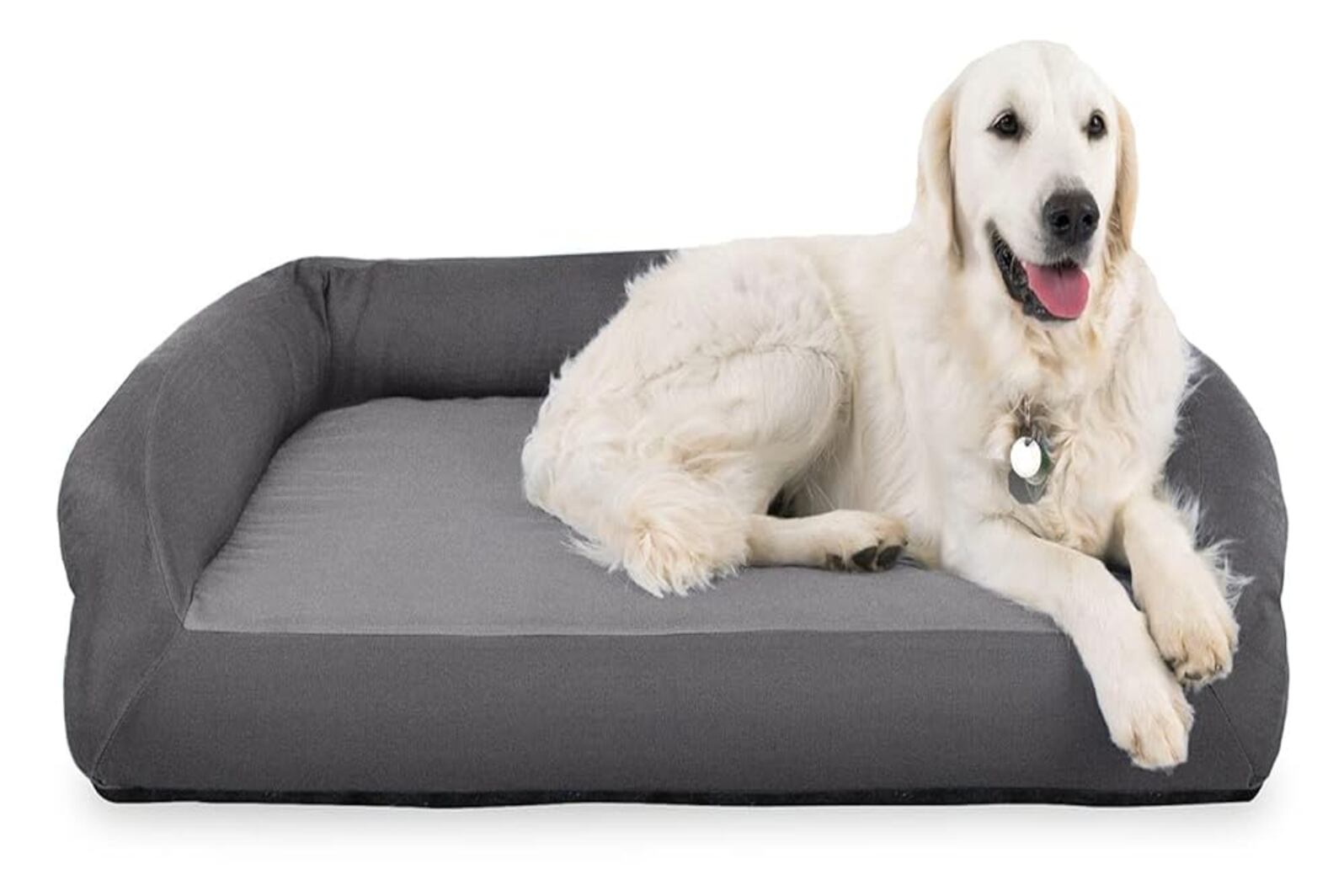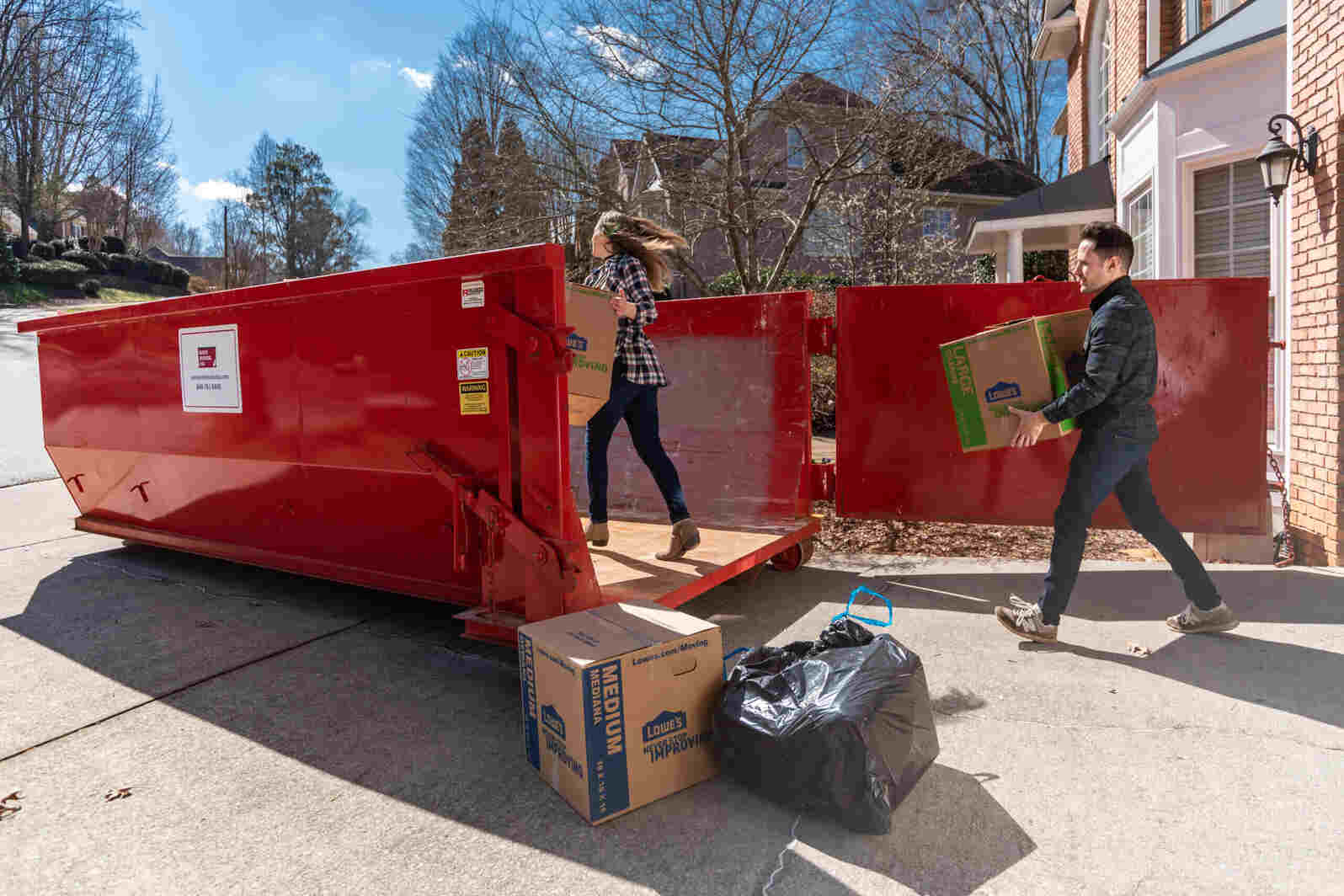Understanding dog behavior is as important for a pet owner as knowing what’s in their pup’s food. The action of chewing, although natural for dogs to explore and interact with surroundings, can become a deep source of frustration – even dangerous at times when it becomes excessive.
This thorough examination of chew-proof dog beds covers the fundamental requirements, design specifics, upkeep suggestions, and more for choosing a comfortable sleep solution that dog owners can count on.
Understanding the Need for Chew-Proof Dog Beds
The Consequences of Destructive Chewing
Chewing is part of a dog’s natural behavior; it helps them discover things, find comfort in stressful situations, and exercise their jaw muscles. But when this activity becomes destructive, it can damage objects around the house or even harm the dog if it swallows something dangerous. Destructive chewing is estimated to cost dog owners thousands of dollars annually for replacing destroyed items in addition to other related veterinary expenses.
Identifying Chew-Prone Dogs
Some dog breeds are more inclined to chew due to their genetic makeup, coming from working or sporting backgrounds. However, any dog can develop this habit for various reasons, such as teething, boredom, anxiety, or just because they find it enjoyable.
Dogs that tend to chew frequently show signs like a past of destroying objects and directly aiming at items made of wood, fabric, or sometimes even metal.
The Benefits of Chew-Proof Beds
Investing in a chew-proof bed for your dog can provide numerous benefits, including:
- Safety: Wrapped in a comfortable and puncture-proof bed, your dog won’t eat the stuffing or become injured by chewing on it.
- Cost-effective: Although chew-proof beds are more expensive to purchase initially, they also cost far less than repeatedly buying replacements for conventional beds that get chewed through.
- Peace of mind: Knowing your dog has a comfortable and secure place to recover can take a load off your mind, especially if you have dogs that suffer from separation or noise anxiety.
Materials and Construction of Chew-Proof Dog Beds
Durable Fabrics and Reinforced Seams
Picking out a chew-proof bed starts with the fabric. Ideally, it should be made of ballistic nylon, Cordura, or rip-stop materials. These fabrics are known to last for a long time and have great tensile strength.
You need to pay attention that the seams are reinforced properly because usually they are weakest part in any bed and where most chewing damage starts.
Solid and Chew-Resistant Fill Materials
The fill needs to be dense enough to discourage digging. Good fill choices would include chew-proof, orthopedic foam, memory foam, or even chew-proof high-density poly-fibre fill. Beds with a one-piece solid foam or poly-fill layer have zero risk of ingestion.
Non-Toxic and Safe for Dogs
The quintessential test for any dog bed is whether it’s pet-safe. And, if a part of it is ingested, would it pose any health concerns? Dyes that are water-based and non-toxic can help, as can bedding that is certified by a pet health organization.
Maintenance and Care for Chew-Proof Dog Beds
Investing in a chew-proof dog bed is the first step, but maintaining it is equally important.
Cleaning and Sanitizing Tips
Regular cleaning not only keeps your home fresh but also maintains the integrity of the bed. Vacuuming removes hair and dander, while a light solution of detergent and water can handle most stains. For stubborn odors, enzymatic cleaners are safe and efficient.
Extending the Lifespan of Chew-Proof Beds
Prevention is the best strategy to keep chew-proof beds in top shape. Avoid placing the bed near objects that might tempt your dog, keep chew toys nearby, and monitor the sleeping area. Reducing any need for the dog to chew in the sleeping spot can significantly increase the bed’s lifespan.
When to Replace a Chew-Proof Bed
No bed is truly indestructible, and over time, even the most rugged materials may begin to wear. If you notice significant signs of damage, from tears in the fabric to a reduction in the bed’s support, it’s time to replace it. Ensuring your dog has a comfortable, uninviting bed to sleep on can deter destructive behaviors.
Training Techniques to Curb Destructive Chewing
Often, dealing with the source of the problem is the most effective way to stop destructive chewing. This is where training comes in.
Positive Reinforcement Methods
Positive reinforcement, such as food rewards, praise, or play, can be used to encourage good behavior. By catching your dog in the act of chewing a toy or demonstrating resourcefulness, you’re reinforcing the appropriate behavior in a way that’s most effective and least stressful for your furry friend.
Providing Appropriate Chew Toys
The real solution to destructive chewing is substitution: offer several large, safe chew toys that the dog will chew instead of things that are deemed off-limits.
Managing Boredom and Anxiety
Sometimes this is nothing more than the dog expressing pent-up energy through chewing. Sometimes it’s a way to self-soothe. Often, good quality daily exercise, enriching play sessions and mental stimulation keeps a bored dog content and doesn’t give rise to excessive chewing.
In some cases, separation anxiety needs to be addressed and properly tackled (possibly with specialist professional help) – especially because dogs who suffer from this disorder commonly also show anxiety symptoms through destructive chewing behavior.
Choosing the Right Chew-Proof Bed for Your Dog
Selecting the perfect chew-proof bed doesn’t have to be daunting. Simply consider these important factors:
Considering Your Dog’s Size and Sleeping Habits
Is your dog a stretcher, a curler, or a sprawler? Does he prefer a soft, puffy bed or something more firm? Ensuring the bed’s size and shape meet these preferences can lead to more restful sleep.
Customizable Options for Maximum Comfort
Some chew-proof beds come with optional features like removable covers, waterproof lining, or additional padding. Customizing the bed to suit your dog’s unique needs can make all the difference.
Budget-Friendly and Long-Term Investment
Initially, the higher cost of a chew-proof bed might seem steep, but when compared to the potential ongoing expense of replacing a standard bed, the value becomes clear. It is a long-term investment in comfort and safety.
Conclusion
There are good reasons why investing in a chew-proof bed for your dog is a good idea. Not only do they help to protect your home from excess scratching, but they also help alter your dog’s behavior for the better!
The objective isn’t just to halt your dog’s chewing behavior; it’s about channeling their instincts positively to ensure satisfaction for both the pet and the owner. By getting a durable, comfortable bed, you can establish a secure and happy environment for your pet.


